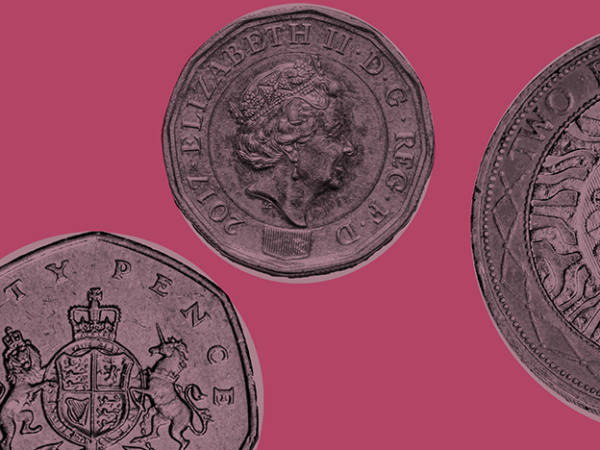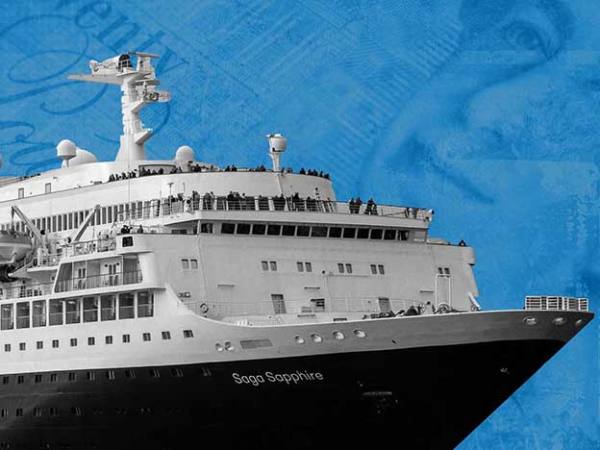True, that statement is contentious. The correlation between, say, a country's economic growth rate and its equity market returns is annoyingly loose. But that observation holds best when correlations are boxed into discrete, short periods. Over the long term you want to put capital into the equity markets of successful nations and – especially – avoid countries in secular decline.
To do that you need a theory to explain how nations advance and decline. That would give you a decent idea which countries should be rising and falling today. Then you need to see how well the facts – or the economic-performance data – fit the theory.
Over to Bridgewater Associates, a Connecticut-based fund manager that runs about $150bn (£93bn) and was ranked the world's best-performing hedge-fund manager in 2012 and 2013. Bridgewater takes big-picture bets on the global economy and, by repute, has a research department bigger and better than that of the Fed (the US central bank). Its notion is that countries go through five stages of advance then decline.
One – a country is poor and its people think of themselves as poor. So they work hard and have little to save.
Two – a country gets richer, but its people still think of themselves as poor. So they save lots and that capital builds high-quality infrastructure.
Three – a country is rich and (belatedly) its people start to think of themselves as rich. So they work less and spend more.
Four – a country starts to get poorer, but its people still behave as if they are rich. So they borrow to maintain their lifestyle and their spending maintains the illusion of growth.
Five – a country is no longer rich and its people have to adapt to the new reality. So they endure a long and nasty period of 'de-leveraging' where – one way or another – debt and spending fall to levels that fit the country's diminished status.
No prizes for guessing which countries should fit into which slots. More interesting, Bridgewater finds that a few familiar economic indicators are good predictors of a country's growth and that predictions can be improved with a little tweaking of the data.
The rate at which a country grows is closely linked to what Bridgewater labels the 'cost of production arbitrage' through which it competes with other nations. This, it says, is "overwhelmingly" the largest factor to affect growth. It is a function not just of how much workers are paid, but of how hard they work, how much ability (ie, education) they have, the resources (ie, capital equipment) at their disposal and of the corruption with which they have to contend.
That said, the indicator that best forecasts growth is the simplest – per capita income. That's because cheap workers – despite their low skills (to begin with) – provide the best engine for growth when combined with new technology.
True, predictive accuracy is improved if data for per-capita income is seasoned with indices for the proportion of a population in work; for the hours worked per worker; for the dependency ratio of non-workers (chiefly the young and the old) to workers; for the quality of the workforce (as measured by the proportion that had a full education) and for the amount of investment backing up each worker.
Of 40 nations studied in detail during 2012, Bridgewater found that India in particular and China (still) looked the most likely winners in the following 10 years and that remained true even as the qualifying data was fed into the calculations. Sure, India suffered when education was factored in, as did China when corruption was brought in, but that was about it.
More remarkable, however, was how badly the mature economies of the eurozone fared; especially France, Italy and Spain, but Germany didn’t look great. Despite the educational quality of their workforce and the comparative lack of corruption (except for Italy), the cost of the eurozone's workers meant these countries offered little in the way of prospective growth in the recent past – as came to pass – and, as of 2012, still didn't. That forecast was only re-inforced by a disinclination to work and lousy demographics.
The other big factor – both in theory and practice – is indebtedness, or lack of it. On this marker, India, with its extremely low levels of consumer debt, has the best growth potential. China, which has relied heavily on debt to fuel its growth since 2008, slips down the league table. But propping it up on this measure, too, are those eurozone economies – plus, of course, Japan.
So Bridgewater's message for global investors is that the winners in the next 10 year are most likely to be India and (still) China; but – stronger than that – the losers will be the eurozone countries and Japan. And what, incidentally, about the US and dear old Blighty? Could be worse – stuck in the middle between Brazil and Canada.











